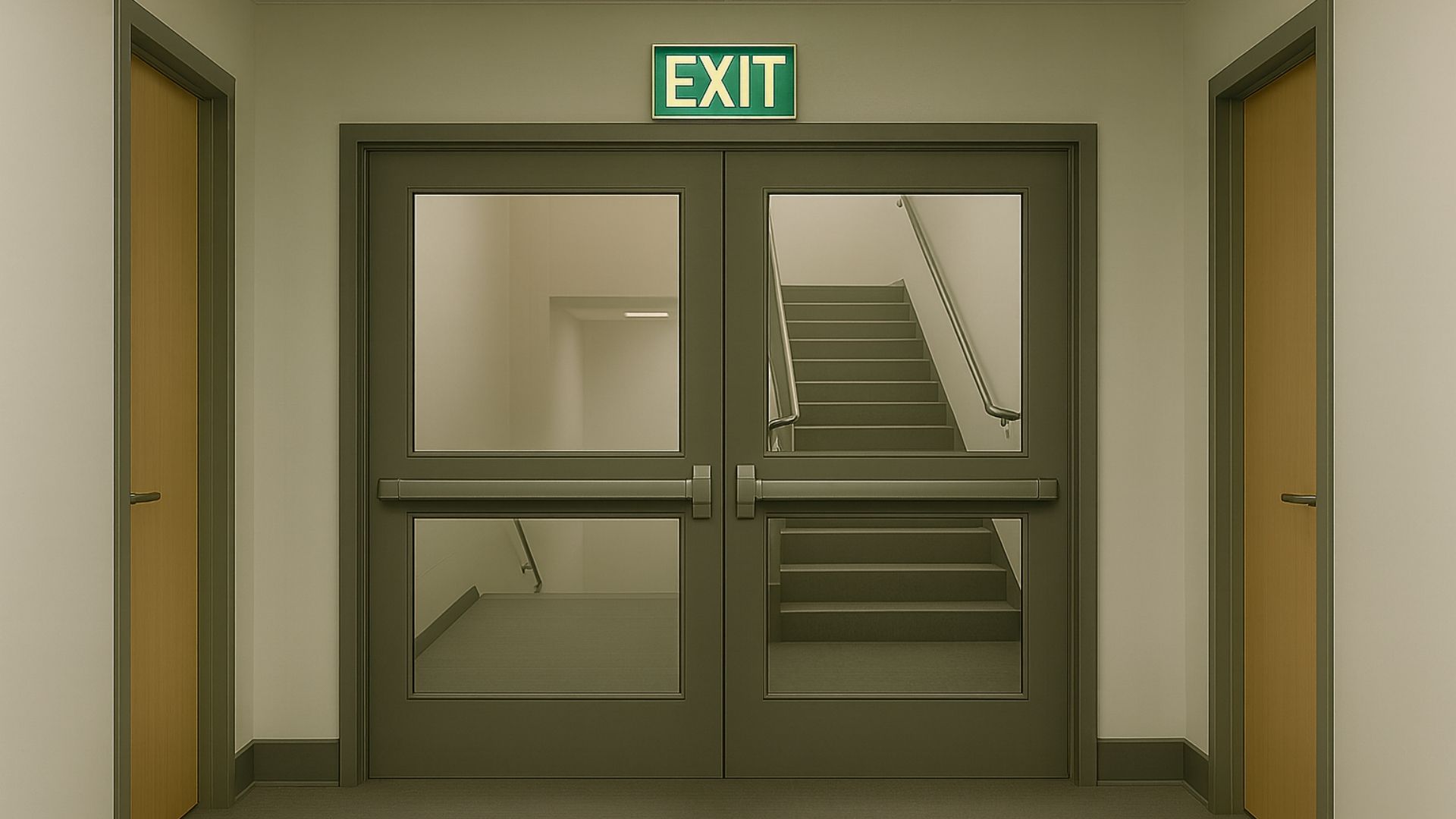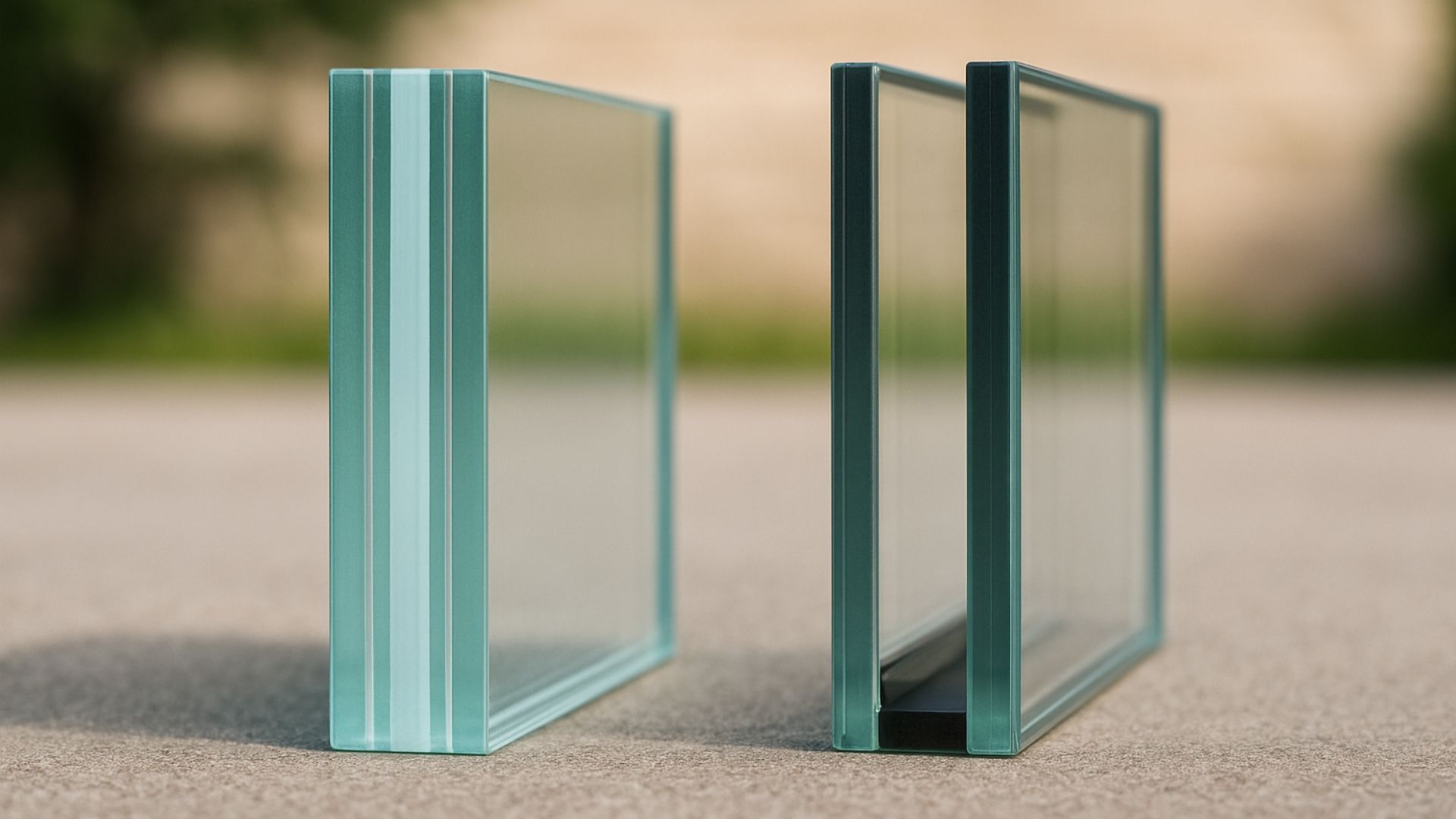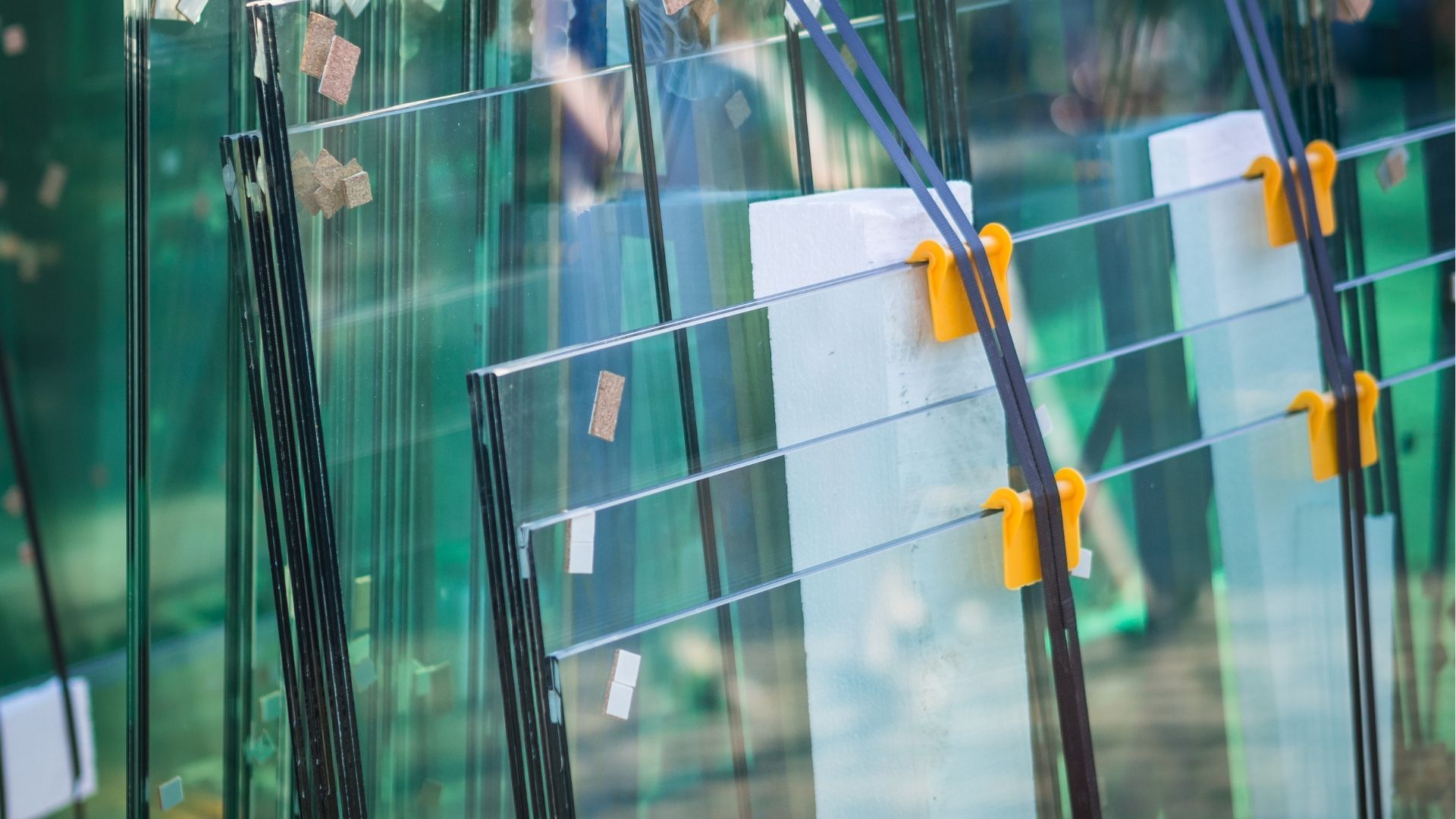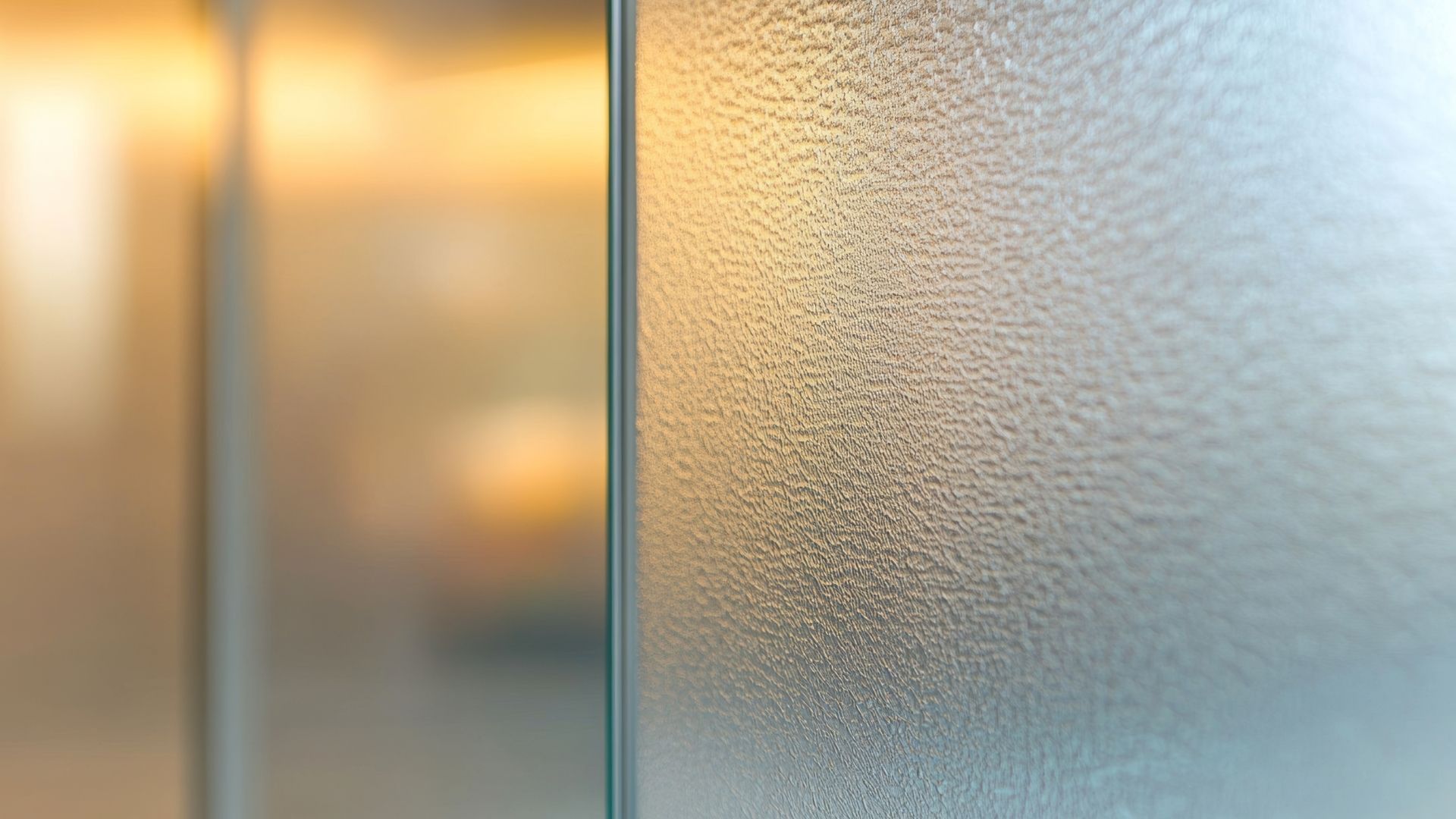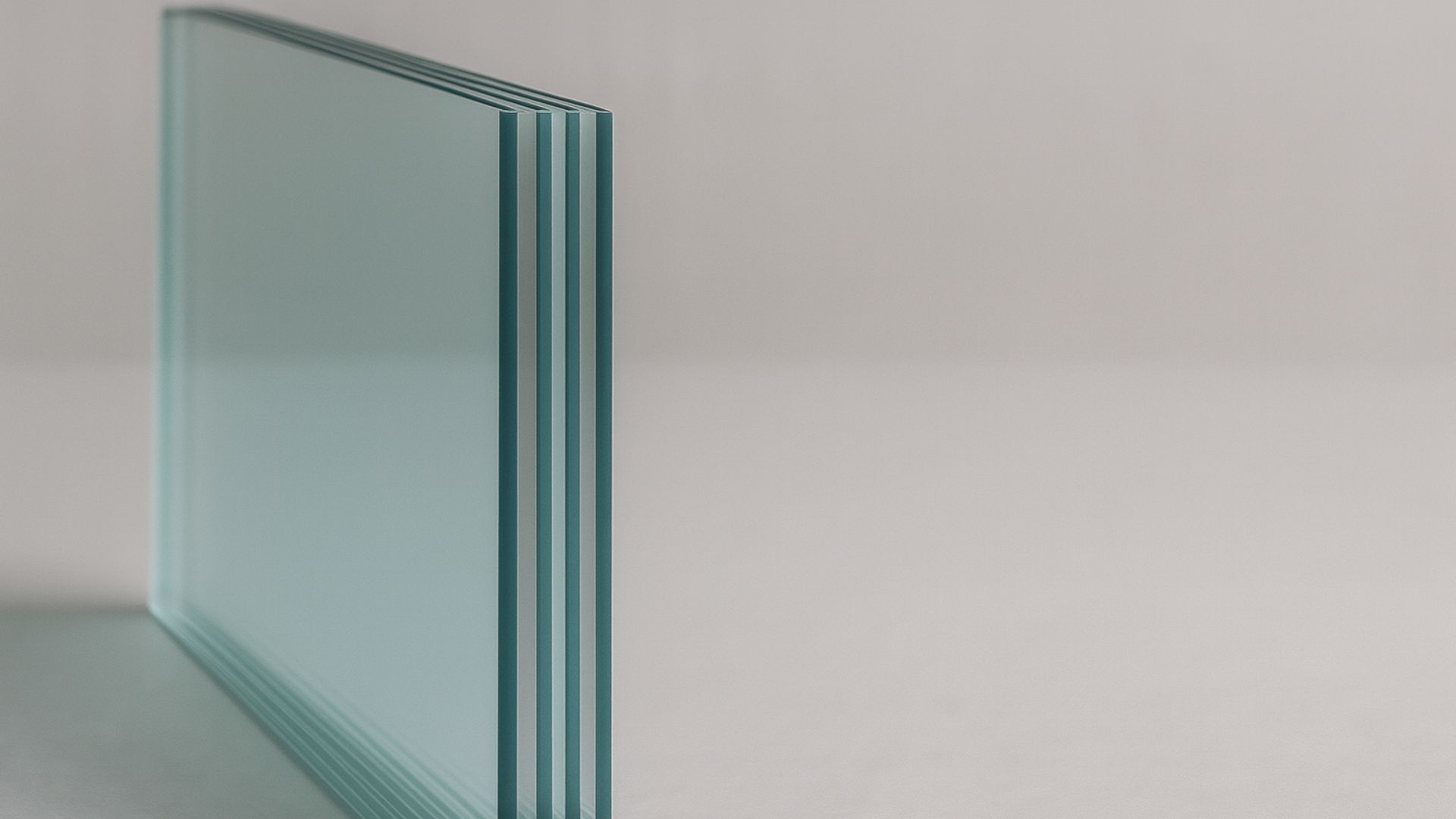Toughened glass vs annealed glass: 5 key differences
Share this blog:
Different applications call for different types of glass. Discover the key differences between annealed and toughened glass.
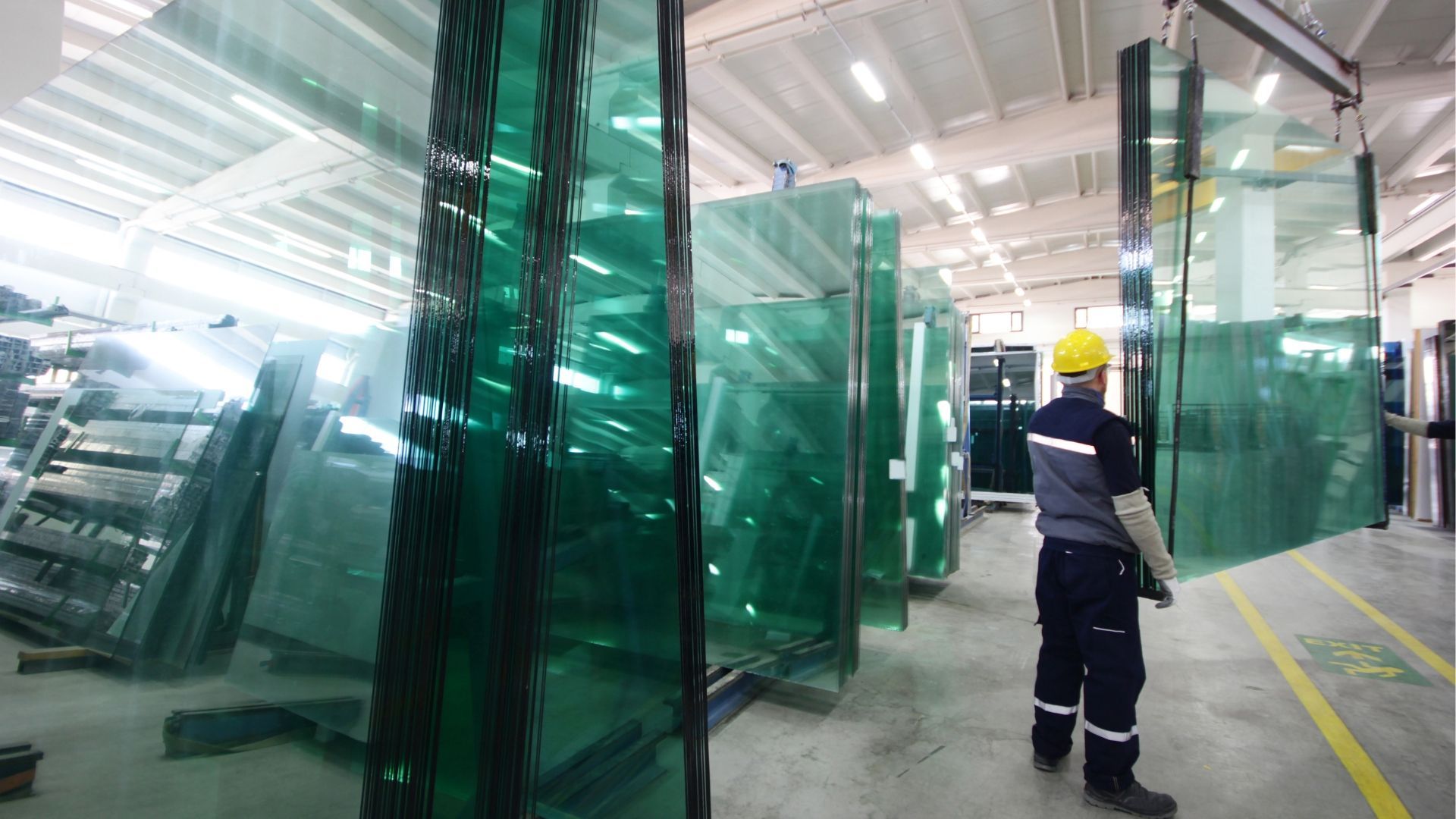
Place a pane of annealed glass and a pane of toughened glass side by side and you're unlikely to tell the difference.
Sure, there may be a manufacturer's mark saying the glass has been toughened. But other than that, they look like, well, two panes of glass.
These two types of glass, however, are different in significant ways: specifically, their strength and the way they break.
These properties come from the different ways the two types of glass are manufactured – and they lead to the different ways they're used.
So, without further ado, here are five key differences between toughened and annealed glass.
1. Molecular structure
There are two types of toughened glass. One is physically toughened (or "tempered") in a furnace. The other is chemically strengthened – a type of glass sometimes called ion-exchange treated glass. This is the glass used for phone screens and some glassware in laboratories.
Chemically strengthened glass has a different molecular structure from annealed glass. Glass doesn't have a regular molecular structure. Instead, it's made up of strings of beads of atoms.
In annealed glass, charged sodium ions (a type of particle) sit on the surface of this molecular structure.
To make chemically strengthened glass, annealed glass is immersed in a hot, molten salt bath. This replaces the sodium ions on the surface with larger potassium ions.
If you hit a piece of chemically strengthened glass, these potassium ions keep it "knitted together", withstanding the impact for longer than a pane of annealed glass would.
2. Strength
When considering the differences between toughened glass and annealed glass, strength is key. Toughened glass is up to five times stronger than annealed glass of the same thickness. This makes it far more resistant to breaking and more suitable for applications where safety is critical.
The strength of different types of glass is measured by applying pressure to the glass and bending it. The strength of
security glass, which is built to withstand heavy impacts, is measured by simulating an attack, be it from a hammer, an axe or a bullet.
3. Manufacturing process
"Annealed" and "toughened" both refer to how the glass is manufactured.
Annealing involves slowly cooling hot glass. The glass is heated to its annealing point – typically around 454°C to 482°C (849°F to 900°F). This is then cooled down slowly in a controlled manner. The annealing process typically happens in a type of kiln called a "lehr".
The point of annealing is to relieve internal stresses. This stops the glass from cracking or shattering.
Annealing is about slow cooling. Physically toughened glass, however, is cooled rapidly when it's taken out of the furnace.
The pane of glass is blasted with cold air. This stops the molecules from rapidly moving and stops the glass from crystallising. The outer surface cools faster than the inside of the glass. The internal pressure this creates leads to toughened glass's extra strength and distinctive breakage pattern.
It's worth noting that the manufacturing processes for toughened and annealed glass aren't entirely separate. That's because annealed glass is the raw material used to make toughened glass. In other words, the glass is first annealed and then toughened.
4. How they break
Annealed glass breaks into sharp, jagged pieces. This makes it unsuitable for some applications – in a shower enclosure, inside a car or where there's a risk of the glass falling, for instance.
Toughened glass, by contrast, bursts like a balloon into small, granular, pebble-like pieces. This makes it less likely to cause injury in the event of a breakage. It also makes it safer to clean up.
Both annealed and toughened glass can be laminated. This adds an extra layer of safety.
Laminated glass has a distinctive breakage pattern whereby the surface cracks but doesn't shatter.
5. What they're used for
Annealed glass is used where safety is important but not crucial. It's used for tabletops, some windows, picture frames and tabletops, to take just a few examples.
In these cases, the risk of injury from broken glass is minimal. There's no chance, for instance, of glass falling onto a person.
Toughened glass is used where high levels of safety are non-negotiable. It's used, for instance, for windows in so-called "critical locations" and for the rear and side windows of cars.
When laminated, both annealed and toughened glass can be used for super-tough applications. Car windscreens, for instance, are made out of laminated glass, as are doors and windows in areas vulnerable to hurricanes.
Laminated glass is also used for structural glazing. This is a type of glass which has to bear a load. Skylights, balconies, balustrades, walkways, staircases, bridges – all need to be made from laminated glass to ensure public safety.
What they have in common
Yes, annealed glass and toughened glass have their differences. But they also have a lot in common.
First off, they have the same visual appeal. Unless you're a glass expert, you're unlikely to tell the difference between the two just by looking.
Both are versatile products that can be customised in lots of different ways. They can both, for instance, be
frosted and tinted and turned into
mirror glass. They can also be cut to size.
They can also both be laminated. This involves placing two layers of glass together with a special interlayer, often made of polyvinyl butyral (PVB).
The lamination process increases the strength – and in the process, it makes the glass more thermally efficient by stopping more heat from getting through.
More annealed vs toughened glass FAQs
What is the difference between annealed glass and float glass?
In practice, "annealed glass" and "float glass" mean the same thing. The names refer to different aspects of the manufacturing process. While "annealed" refers to the cooling process, "float" refers to the way the glass is made.
Are toughened and tempered glass the same thing?
Yes, "toughened glass" and "tempered glass" are two names for the same product.
Are you in the market for high-quality, made-to-measure toughened glass? ToughGlaze is one of the UK's most trusted toughened glass suppliers. To request a quote, get in touch online or call (+44)208 838 4400.

